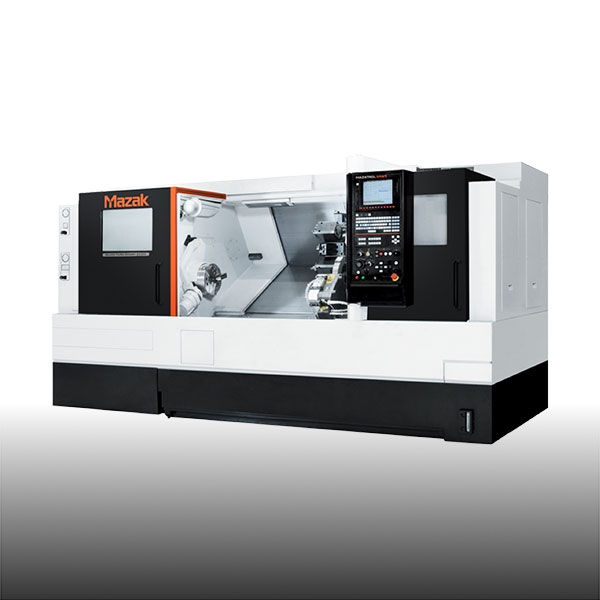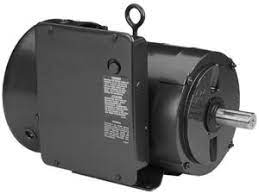| Message: | Facebook\FacebookApp implements the Serializable interface, which is deprecated. Implement __serialize() and __unserialize() instead (or in addition, if support for old PHP versions is necessary) |
| File: | /home/sochaseme100/public_html/ow_plugins/fbconnect/vendor/facebook/graph-sdk/src/Facebook/FacebookApp.php |
| Line: | 29 |
| Message: | http_build_query(): Passing null to parameter #2 ($numeric_prefix) of type string is deprecated |
| File: | /home/sochaseme100/public_html/ow_plugins/fbconnect/vendor/facebook/graph-sdk/src/Facebook/Authentication/OAuth2Client.php |
| Line: | 146 |

google_user_8450's blog
Electric motors convert electricity into mechanical energy through interaction with direct the current (DC) or the alternating current (AC) being wound in an electromagnet, and the stationary magnetic field, which is used to produce energy. surplus motor are the best Commutator and brushes allow electricity to flow through the windings of the wires that make up a rotor and the latter switches the direction of current flow in each coil section every 1/2 turn.
Purchase Electric Motors
Motors form the basis of many machines and devices we rely on in both industrial and personal life. converting electrical energy and mechanical force via a rotating motion. Simply put, motors convert electrical energy to mechanical motion by rotating.
Electric motors function by passing the electricity through a conductor, becoming magnetized, then generating force that can cause it to spin. The various types of electric motors differ significantly in the ways they generate magnetic fields and distribute current.
Electric motors are powered by either directly current (DC) sources such as rectifiers and batteries or by alternating current (AC) sources, such as the power grid as well as electrical generators. Furthermore, single or three phase AC induction and DC induction motors are also available as options of operation.
Motors can be found in numerous varieties and variations; some of them can be bi-directional, allowing easy rotation in either direction, other motors can reverse without effort. Some motors are certified to allow working in hazardous environments - TechTop can provide flameproof motors, which meet the requirements of Ex-D so that selection is an essential selection when picking devices. Motors are responsible for more than 70% of the energy used in industrial used, which is why their performance must be considered carefully when selecting an equipment visit here .
HTML1 Utilized Electric Motors
A motor with an electric component is a electronic device that converts electric energy into mechanical energy. Typically, this happens through its working parts: rotor and stator. This device may be powered either through direct current (DC) or alternating current (AC).
A majority of electric motors are reliant on conducting direct current via coils containing magnetic fields to produce force, which rotates their shaft. Winding current in a straight line toward the direction flux magnetic results in torque as per Ohm's law, turning over the shaft of the motor and generating the force needed to turn its axle.
While operating a motor, conductors on the rotor will see drops in their voltage due to eddy current heating of poles from the magnetic field which causes the magnetic field to shrink and diminish its strength. In order to counter this that is caused by eddy current, a commutator will continuously change the direction of current flowing through each rotor's winding every half turn of the motor. If it was not for this procedure, the rotor will stop rotating as each cycle would produce different directions of current in each winding. This makes it difficult to turn.
A space of air between rotor and stator allows it to turn, its length having a profound effect on the electrical properties. For optimal performance and to reduce excessive electrical use, the gap must be as slim as it is - otherwise too large a gap could limit performance, while too narrow one could create mechanical issues such as the creation of noise and friction.
Surplus Motors
Electric motors have two parts that are mechanical: the stator is stationary, while the rotating component, known as the rotor moves. They also contain two parts of electrical energy - magnets, set, and armature. Their combined magnetic fields produce torque that spins the shaft, generating electric energy that can be used by machines as well as pumps.
A motor that is electric operates by creating a magnetic field through permanent magnets located in its stator be able to interact with that generated when DC flow through conductors, creating an induced voltage across each conductor, resulting in an oscillating electromagnetic field thus producing Lorentz forces on the rotor which causes it to turn. Purchase electric motors at surplusrecord industrial electrical motors. These are the best buy of electric motors for sale. to be sold at surplusrecord. Surplus motors are the most efficient. Commutators link the conductors of the rotor to its rotating core. Every 180deg turn it reverses the this direction of current through the windings of wire in the rotor to keep it turning while producing electric power to run its mechanical weight.
The rotor on the motor's electric circuit is protected with a protective casing to ensure it stays cool and disperse heat produced by coil resistance. The gap is that allows them to spin. The size of the gap can have a huge impact on the efficiency with which the motor operates - gaps that are too wide can affect electrical properties, while gaps which are not enough narrow could cause mechanical problems such as friction and noise production.
Industrial Electric Motors
Electric motors on sale are an indispensable component of modern industrial processes, providing energy for mixers, air-moving equipment conveyor belts, cranes, and conveyor belts that lift and carry loads in manufacturing, construction as well as transportation industry. DC motors are powered by batteries or rectifiers while AC motors can be connected to an electric grids or power outlets available in your vicinity.
Three-phase Induction Motors comprise the widely used industrial electric motors, featuring two primary components, namely the stator and the rotor. If current is passed through the motor's windings inside the stator, an electromagnetic field is created which reacts to the magnetic field that is in the rotor's magnetic field. The result is a rotation of its own as well as force on the shaft that is rotating the output shaft.
Three-phase motors that have similar power ratings can be more efficient thanks to their greater load spread, permitting them to run with lower speed while also reducing energy consumption. They also have better beginning capacities because they don't needing start windings or capacitors to provide the initial voltage.
When choosing an electric industrial motor for your company you must take the intended purpose and environmental conditions into account. An enclosure with TENV (Totally Enclosed, Non-Ventilated) enclosure protects against dust or rodents. It also protects against water, corrosion, and various other elements of the environment that can harm equipment and raise the risk.

Having the right machinery and equipment can make or break a business. That’s why it’s so important to regularly inspect and maintain these assets.
Machines empower employees to shift their focus to more strategic or creative endeavors by automating mundane tasks. They can also ensure that a company adheres to strict quality standards and industry regulations.
Industrial Assets
Machinery and equipment are assets that can be grouped together under the category of industrial property. This is a broad category that includes everything from a luxury car dealer’s showroom to an EV charging station manufacturing plant. This type of real estate is typically heavier-duty and requires a greater amount of maintenance than commercial property.
These types of properties are used to store, ship and distribute products. They include distribution warehouses, general warehouses and truck terminals. Distribution warehouses are primarily designed to hold goods before shipping them out, while general and truck terminals mainly house trucks and trailers. One of the primary benefits of industrial asset management in manufacturing is minimizing downtime and production delays. This is achieved through the careful evaluation, planning and implementation of maintenance schedules for all machinery & equipment. This reduces costs in several ways, including reduced labor and materials costs. The process also helps ensure regulatory compliance. Lastly, it improves the overall efficiency of the facility.
Machine Tools
Machine tools are an essential component of manufacturing processes, transforming raw materials into complex components and parts across industries. Their precision and versatility have made them the backbone of industrialisation, allowing for rapid production with a high level of accuracy and quality.
They come in a wide range of forms, with each type tailored to specific functions and operations. Lathes, for example, are used for machining rotary parts by rotating the workpiece against a cutting tool. Planers are designed to cut flat and angular surfaces, while drill machines create holes in materials by exerting a force on the material.
Most modern machine tools are computerised, leveraging computer systems to automate and optimise the machining process. Their precision and accuracy are unmatched, making them ideal for use in critical applications where even small deviations could have costly consequences. They also allow for greater flexibility, enabling businesses to adjust production capacity as demand fluctuates. They can be further enhanced by integrating with smart manufacturing and IoT systems, providing real-time monitoring and predictive maintenance capabilities.
Chemical & Process Equipment
Chemical processing equipment includes machines that are used to turn raw materials into a variety of chemicals. The toxicity of these materials necessitates rigorous health and safety standards, and it is important to maintain this equipment so that they can continue to function safely.
Maintenance procedures can include cleaning, lubrication, and inspection. Performing these routine tasks will reduce the risk of corrosion and prolong equipment lifespans. Calibration is also essential for the proper operation of chemical equipment, especially in labs that deal with volatile substances or pressurised operations. Research in the field of industrial engineering has focused on developing techniques that can improve the reliability of chemical process equipment. One such technique is the use of a maintenance schedule based on risk assessment. This approach prioritizes maintenance activities by quantifying the risk of failure for each piece of equipment. It has been applied to long-term maintenance optimisation for a multipurpose chemical process plant, and it has demonstrated significant improvement in the expected reliability of the equipment.
